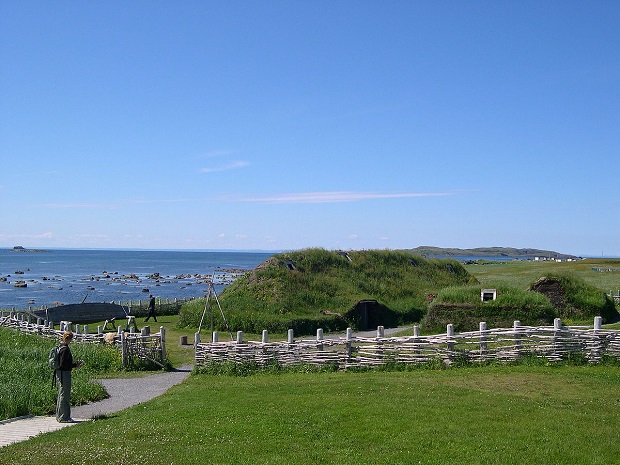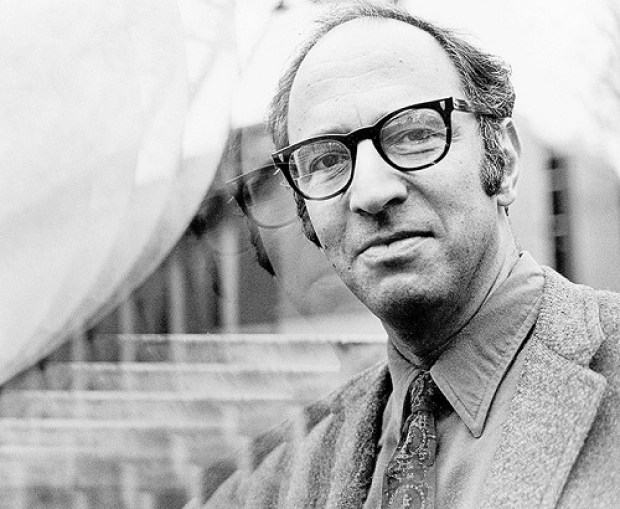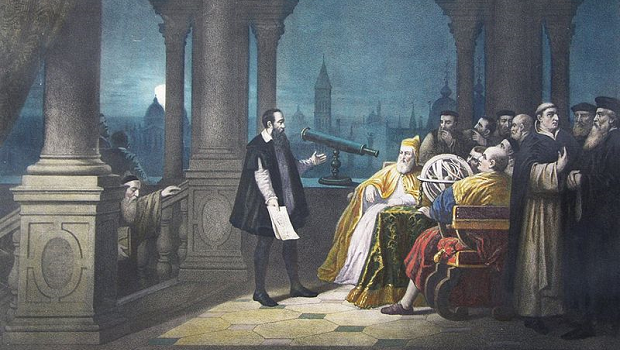Research shows that funders hate scientists with a history of researching revolutionary ideas and reinforces Thomas Kuhn’s model of scientific revolutions
A new study entitledHow much is it worth doing a new science? Selective criteria in science fundingFound that scholars who have a history innovative publications 31% were less likely to receive funding. That is, financiers do not like scientists who have a history of researching revolutionary or disruptive ideas. The University of Oxford analyzed the five-year period of Synergia, a grant program of the Swiss National Science Foundation, and published its findings in the journal. Science On October 29.
At first, this seems like a hopeless reality. Could it be that those who practice science don’t want to hear uncomfortable facts? Is there a conspiracy for money on information that could shake the system? Does society want to stifle bold recent discoveries through a lack of funding? Are we going to stagnate because of the lack of boldness on the part of financiers?
The answer to all these questions is clear. Not. There are excellent reasons why science works the way it does – looking to test established ideas, rather than trying to discover new ones. This research by Charles Ayoubi, Michele Bizzoni, and Fabiana Vicentin of the University of Oxford offers an excellent opportunity to explain why.
It sounds strange, but science does not seek innovative discoveries
According to physicist, philosopher, and historian of science Thomas Kuhn, most scientific inquiry consists of searching for small pieces of puzzle. For his brilliant book The Structure of Scientific Revolutions, Thomas Kuhn became known as one of the greatest names in epistemology when confronting popular notions of the general public about research activity, which are often incorporated by scientists themselves.
It is among these common ideas that scientists are looking for discoveries. The moment “eureka!” Anomaly note interrupts all normal knowledge. These moments do exist, but they are rarely the subject of research research, and rarely cause ecstasy to researchers. Often cause confusion and irritability. In fact, research that yields unexpected results is usually the root of great research calamity in the areas of affected knowledge.

The reason is precisely the fact that most of the time scientists put the puzzle together. They test different pieces (hypotheses) that can fit into a gap to help put together the picture expected from this puzzle game. If you follow the rules of the game, looking for pieces with possible colors and shapes of the gaps (that is, if the scientists themselves rely on the methods and practices of current science), the results will form the expected picture (it will confirm the previously accumulated knowledge and add strength to the theory).
Concrete example: In the recent discovery commented on in this column, archaeologists conducted a survey to determine the exact year the Vikings were in America. They had a prediction: Viking artifacts found in Canada were radiocarbon-dated and estimated to have been built between 793 and 1066 of the Common Era. So they searched for a jigsaw puzzle piece in the shape and color they expected for the gap in the design – they looked for known signs of the 993 solar storm in the tree’s growth rings. The predictions were fulfilled: they found that the Vikings were in Canada in 1021 – during the expected period; The hypothesis was confirmed.
In other words, scientists generally do not look for new ideas about how the world works, but rather for new facts that prove their old ideas (which prove their models, to use Thomas Kuhn’s terminology). Look for evidence of the presence of Vikings in Canada in Which The time period will be useless; It was necessary to specify the period 793 and 1066 in order for it to be known where Make efforts – the answer was in 993 – and How do Finding this answer – the key lies in botany and cosmic ray physics.
The end of innovation?
But if science tries to prove prior understanding, there will never be revolutionary progress? The answer is no other. By conducting a thought experiment, let’s consider a scenario in which the archaeologists in the given example thwart their expectations by discovering an anomaly.
Suppose archaeologists find trees bearing the signs of a solar storm for two consecutive years. This could mean that this plant went through the Miyake event, the largest solar storm in history and that it occurred from 774 to 775. In other words, they would have found an answer that exceeded their expectations.
what does that mean? The expected period from 793 to 1066 has been calculated from radiocarbon dating of Viking artifacts found in Canada. Does the discovery of trees cut down by these artifacts 20 years before they were made mean that radiocarbon dating is flawed? The margin of error in the technique may have been greater than we imagined, and other radiocarbon research needs to be re-evaluated.
If not, if the Vikings had already encamped in America in 774 and 775, it could mean that the Scandinavians sailed to distant Canada before settling in neighboring Iceland in 830. This means that the country’s history needs to be rewritten.
Maybe it was all wrong. Connecting growth rings to solar storms may not work. In that case, scientists will have to find another hypothesis to explain how to explain why trees around the world record inexplicably high levels of radiocarbon in their growth rings dating from 774 to 775.

Finally, all the aforementioned areas of knowledge will go into crisis. The crisis can be resolved by adding to the original hypothesis, or by a real revolution.
What do you do about minimal funding for innovative ideas?
Thomas Kuhn highlighted in “The Structure of Scientific Revolutions” a common sense misunderstanding of scientific practice that is more aggressive to ordinary people. It may sound strange, scientific knowledge It’s not cumulative. That is, revolutions of knowledge are not built little by little. In fact, it is the result of a radical change in the worldview imposed by inexplicable facts on ancient theories. These inexplicable facts can only be discovered through the careful look of a person Already wait Find something and who knows How do NS where Search.
When we look at all the superseded theories in science, we realize that they are not overtaken by those who are tired of their backward truths and decide to look for innovation. Scholars have always sought to add their work to the framework of common knowledge in their community. However, they eventually come across an inexplicable reality and are then forced to imagine an entirely new scheme that fits this puzzle piece.
In an intriguing way, research “What is the value of the new science?” Referred to in the first paragraph refers to itself. This Oxford University research is not in itself groundbreaking. After Thomas Kuhn (actually a revolutionary) published his ideas in 1962, the fact that transformative essays are rare in science It’s not new. In practice, the decrease in the search for new concepts confirms the already existing hypothesis “structure of scientific revolutions”. Science does not seek innovation, but it finds it anyway.

“Hardcore beer fanatic. Falls down a lot. Professional coffee fan. Music ninja.”







More Stories
Are you addicted to memes? Understand how “Brainrot” can steal your attention and harm your life.
Scientists pave the way for the emergence of a new element in the periodic table | World and Science
Science Backs Yoga’s Benefits for Women Who Want to Live Longer